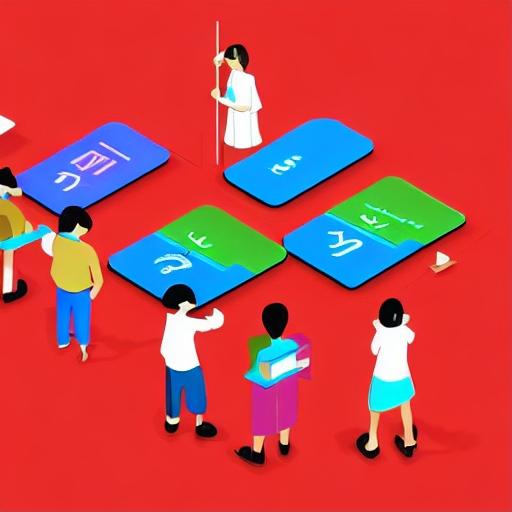
In today’s digital age, traditional educational methods are being revolutionized to cater to the diverse learning needs of students. One of the key contributors to this revolution is the integration of interactive and multimedia elements into educational materials. These elements go beyond the static text and bring learning to life through dynamic and engaging content.
Interactive elements such as quizzes, games, and simulations allow students to actively participate in the learning process. They provide opportunities for hands-on exploration, problem-solving, and critical thinking. For example, an interactive quiz after a lesson can help assess understanding and reinforce key concepts. In contrast to passive learning, interactive elements foster active engagement, making the learning experience more enjoyable and effective.
Multimedia elements, including videos, audio clips, and images, enhance comprehension and retention of information. Various types of learners can benefit from multimedia content as it appeals to different sensory modalities – visual, auditory, and kinesthetic. For instance, visual learners may grasp complex concepts more easily through diagrams, while auditory learners may benefit from audio recordings or podcasts. By catering to different learning styles, multimedia elements promote inclusivity and help students grasp and retain information more effectively.
Moreover, interactive and multimedia elements have the potential to make learning more personalized and adaptive. With the use of data analytics and artificial intelligence, educational platforms can analyze students’ performance and tailor their learning experience accordingly. For instance, a platform may adjust the difficulty level of questions or recommend additional resources based on a student’s progress. This adaptive learning model ensures that students receive personalized support and challenges, enhancing their overall learning outcomes.

The benefits of interactive and multimedia elements extend beyond traditional classroom settings. Online learning platforms, Massive Open Online Courses (MOOCs), and educational apps have leveraged these elements to make education more accessible to learners worldwide. Students can access resources and engage with interactive content at their own pace, eliminating geographical barriers and time constraints. This flexibility ensures that individuals have the opportunity to pursue education regardless of their circumstances, expanding educational opportunities on a global scale.
However, it is crucial to recognize that the successful integration of interactive and multimedia elements requires effective pedagogical strategies and well-designed instructional materials. Educators play a vital role in designing and facilitating interactive activities that align with learning objectives. They must also ensure that technology is used purposefully, considering the unique needs and abilities of their students.
In conclusion, the integration of interactive and multimedia elements in education is revolutionizing the way students learn and engage with educational materials. These elements foster active participation, enhance comprehension, cater to diverse learning styles, and enable personalized and adaptive learning experiences. By leveraging the power of interactive and multimedia elements, education is becoming more inclusive, accessible, and impactful than ever before.







